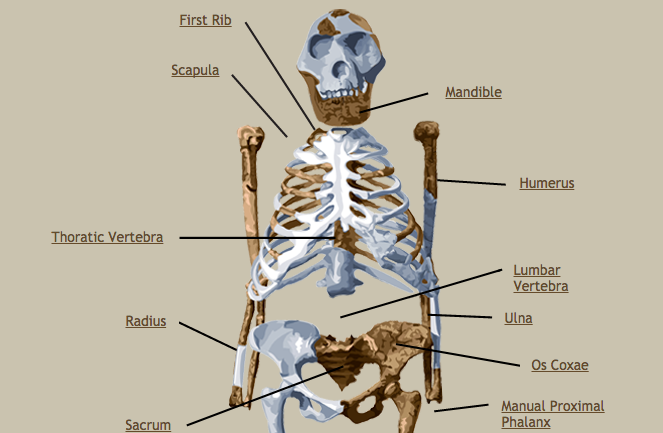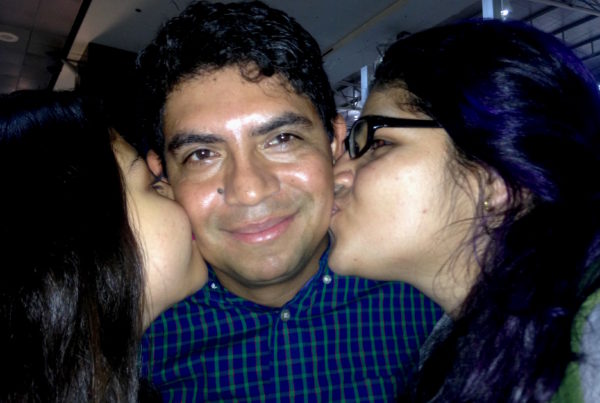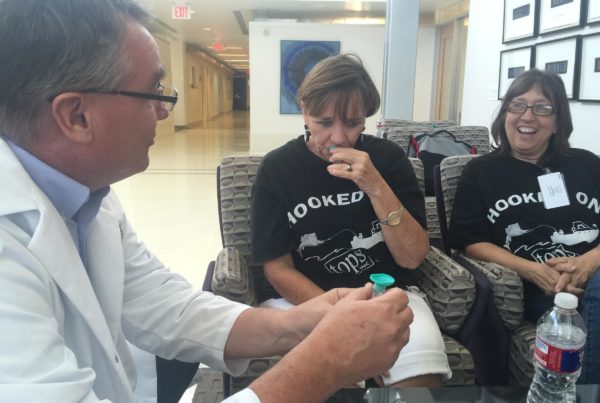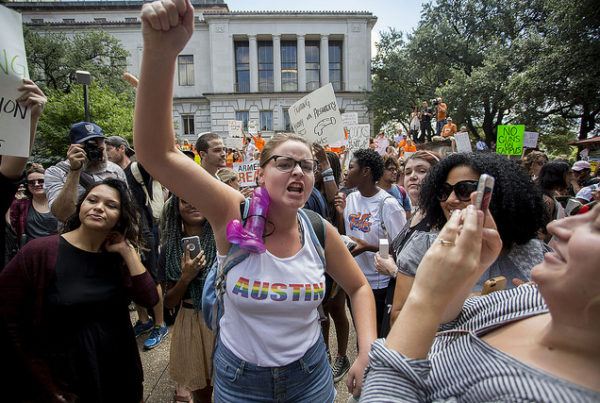Until now, the death of Lucy has been a mystery. Her skeleton is the famous 3.2-million-year-old fossil scientists say is one of the oldest of an erect-walking human ancestor. Her bones were discovered in Ethiopia back in 1974 but we didn’t know how she died. Researchers at the University of Texas at Austin led a study to find out. The hypothesis has just been published in the journal “Nature,” and is stirring up some controversy.
John Kappelman, UT-Austin anthropology and geological sciences professor and lead author on the study, says the discovery of Lucy’s cause of death is an interesting story.
Kappelman’s team moved Lucy’s bones to campus in secret, where they got 10 full days to CT scan her remains nonstop.
“When we first started to study her skeleton, we were interested in finding out how she lived,” Kappelman says.
But they also began to explore how she died.
Most fossils are broken up by the ravages of time, Kappelman says, in what scientists call post-mortem fractures. But with Lucy, his team found fractures that occurred bone-to-bone, at or around the time of her death. The fractures look like she had outstretched her arms to break a fall from what could possibly have been a tree.
“At night, at least, it would make good sense to go up in the trees to nest to get away from predators,” Kappelman says. “We see that behavior in chimpanzees – that they also nest in the trees at least for predator avoidance.”
The bone breaks wouldn’t have been fatal, Kappelman says, it’s more likely she died from internal bleeding.
“When we looked across the skeleton it was a hard hit … this is a hypotheses that we’re putting out there that we think can be tested,” he says.
Although Kappelman says he loves all his fossils equally, he says Lucy is special.
“When this idea first crystallized about how this impact may have happened … I could in my mind’s eye picture the fall, picture that last conscious act that she had of stretching the arms out in the same way that we do,” Kappelman says. “It was that connection for me – understanding her death – that in a very odd way brought her back to life.”
Post by Beth Cortez-Neavel.















